1. Kenney MC, Brown DJ, Rajeev B. Everett Kinsey lecture. The elu-sive causes of keratoconus: a working hypothesis. CLAO J. 2000; 26:10–3.
2. Troutman RC, Gaster RN. Surgical advances and results of keratoconus. Am J Ophthalmol. 1980; 90:131–6.

3. Wagoner MD, Ba-Abbad R, Al-Mohaimeed M, et al. Postoperative complications after primary adult optical penetrating keratoplasty: prevalence and impact on graft survival. Cornea. 2009; 28:385–94.

4. Wollensak G, Spoerl E, Reber F, Seiler T. Keratocyte cytotoxicity of riboflavin/UVA-treatment in vitro. Eye (Lond). 2004; 18:718–22.

5. Godoy CS, Wahab SA, Moreira H, et al. [Analysis of corneal curvature alteration following intrastromal corneal ring implantation: experimental study in rabbits]. Arq Bras Oftalmol. 2007; 70:303–11.
6. Kim EJ, Koo SH, Lee GJ, et al. The clinical results of Intacs(R) ring implantation by manual tunnel creation in patients with keratoconus. J Korean Ophthalmol Soc. 2012; 53:1756–65.
7. Kim HS, Lee TH, Lee KH. Intracorneal ring segment implantation for the management of keratoconus: short-term safety and efficacy. J Korean Ophthalmol Soc. 2009; 50:1505–9.

8. Torquetti L, Ferrara G, Almeida F, et al. Intrastromal corneal ring segments implantation in patients with keratoconus: 10-year fol-low-up. J Refract Surg. 2014; 30:22–6.

9. Siganos D, Ferrara P, Chatzinikolas K, et al. Ferrara intrastromal corneal rings for the correction of keratoconus. J Cataract Refract Surg. 2002; 28:1947–51.

10. McMahon TT, Szczotka-Flynn L, Barr JT, et al. A new method for grading the severity of keratoconus: the Keratoconus Severity Score (KSS). Cornea. 2006; 25:794–800.
11. Thibos LN, Horner D. Power vector analysis of the optical outcome of refractive surgery. J Cataract Refract Surg. 2001; 27:80–5.

12. Fleming JF, Wan WL, Schanzlin DJ. The theory of corneal curvature change with the Intrastromal Corneal Ring. CLAO J. 1989; 15:146–50.
13. Twa MD, Karpecki PM, King BJ, et al. One-year results from the phase III investigation of the KeraVision Intacs. J Am Optom Assoc. 1999; 70:515–24.
14. Colin J, Cochener B, Savary G, Malet F. Correcting keratoconus with intracorneal rings. J Cataract Refract Surg. 2000; 26:1117–22.

15. Torquetti L, Berbel RF, Ferrara P. Long-term follow-up of intrastromal corneal ring segments in keratoconus. J Cataract Refract Surg. 2009; 35:1768–73.

16. Coskunseven E, Kymionis GD, Tsiklis NS, et al. One-year results of intrastromal corneal ring segment implantation (KeraRing) using femtosecond laser in patients with keratoconus. Am J Ophthalmol. 2008; 145:775–9.

17. Piñero DP, Alio JL, El Kady B, et al. Refractive and aberrometric outcomes of intracorneal ring segments for keratoconus: mechan-ical versus femtosecond-assisted procedures. Ophthalmology. 2009; 116:1675–87.

18. Coskunseven E, Jankov MR 2nd, Hafezi F, et al. Effect of treatment sequence in combined intrastromal corneal rings and corneal collagen crosslinking for keratoconus. J Cataract Refract Surg. 2009; 35:2084–91.

19. MacIntyre R, Chow SP, Chan E, Poon A. Long-term outcomes of deep anterior lamellar keratoplasty versus penetrating keratoplasty in Australian keratoconus patients. Cornea. 2014; 33:6–9.

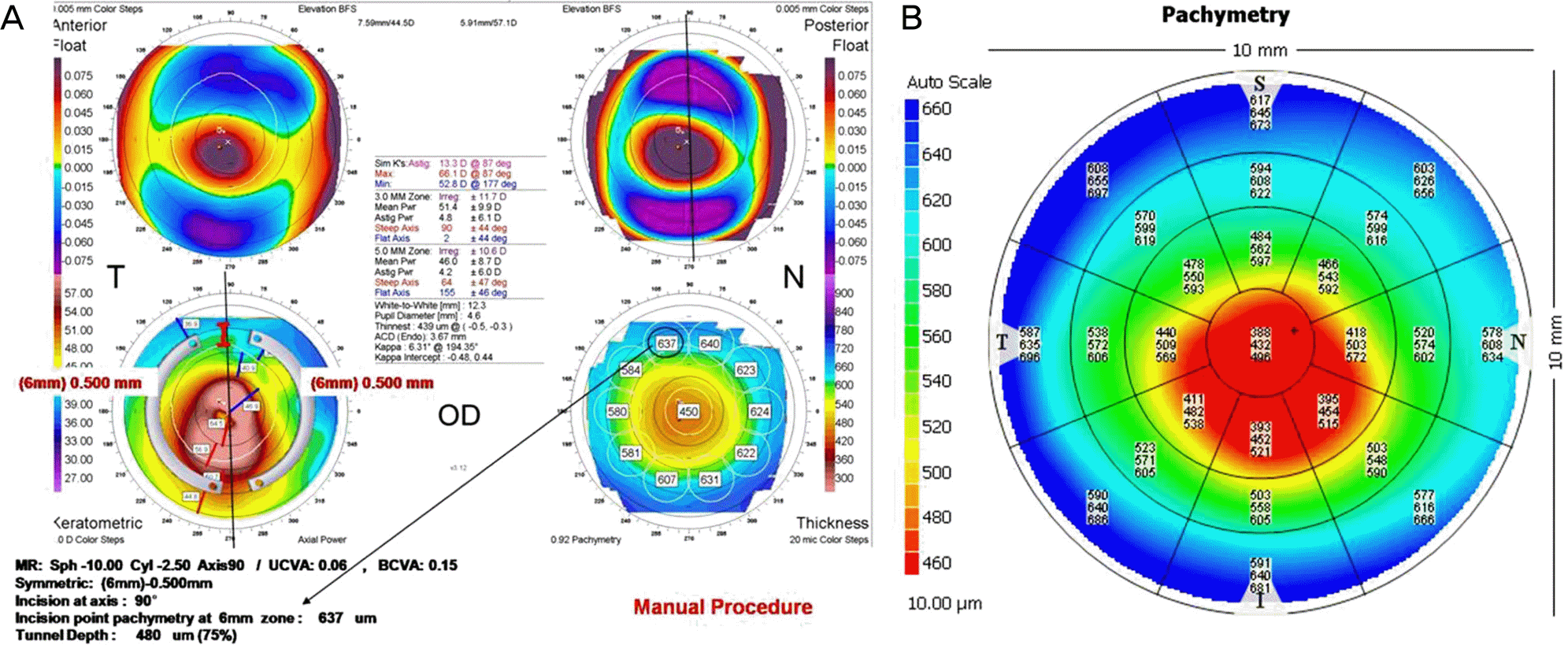
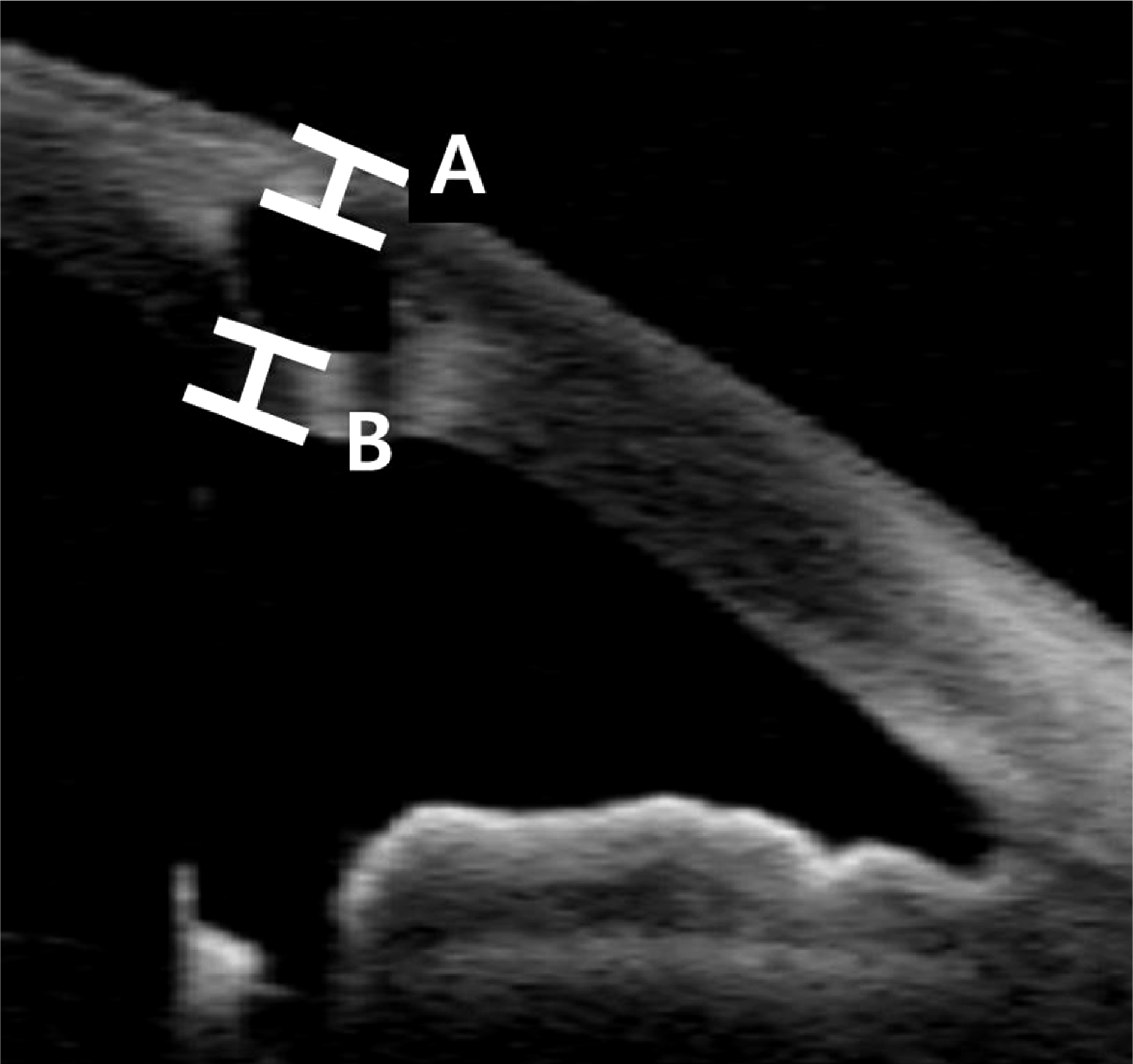
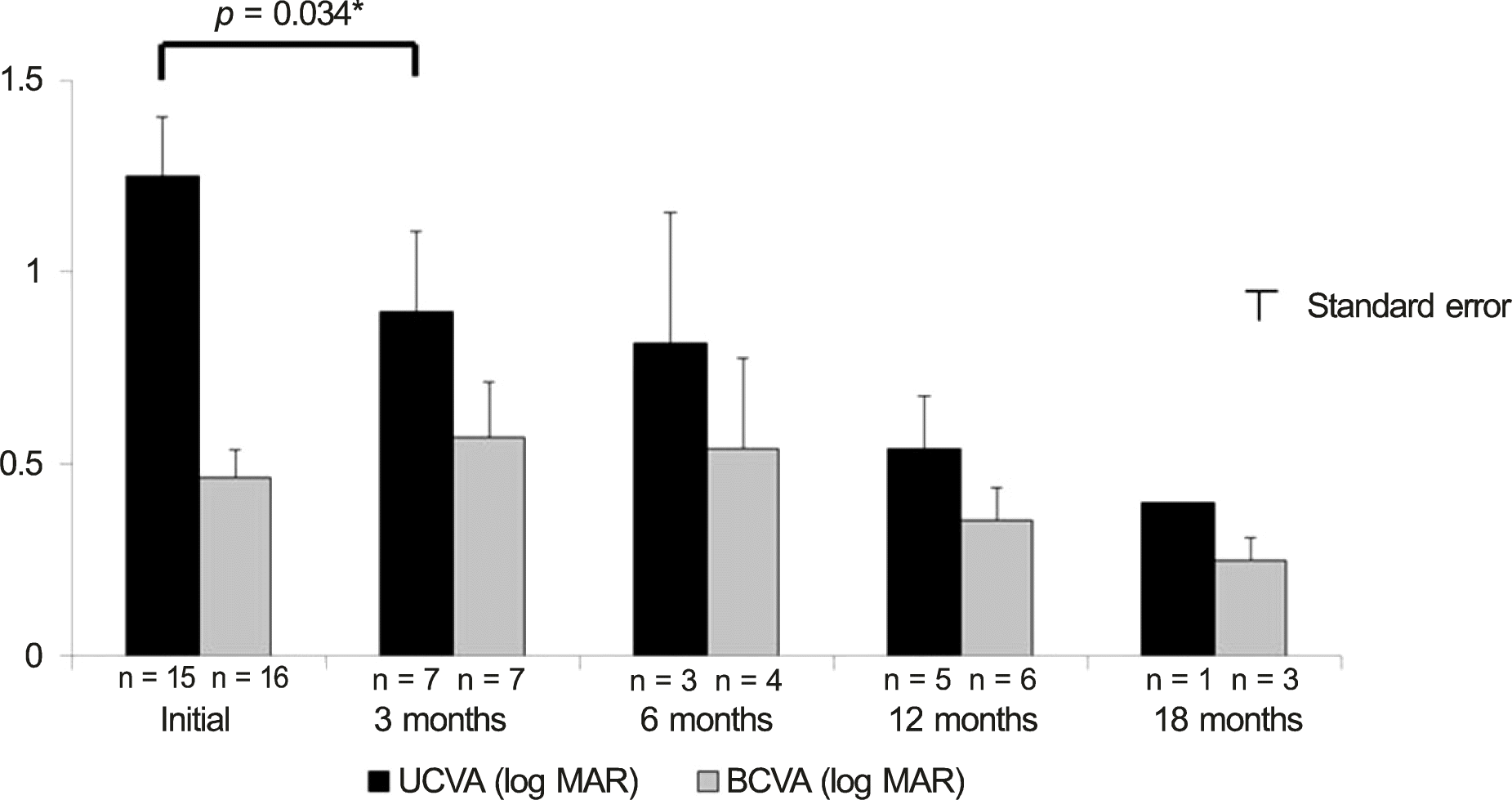
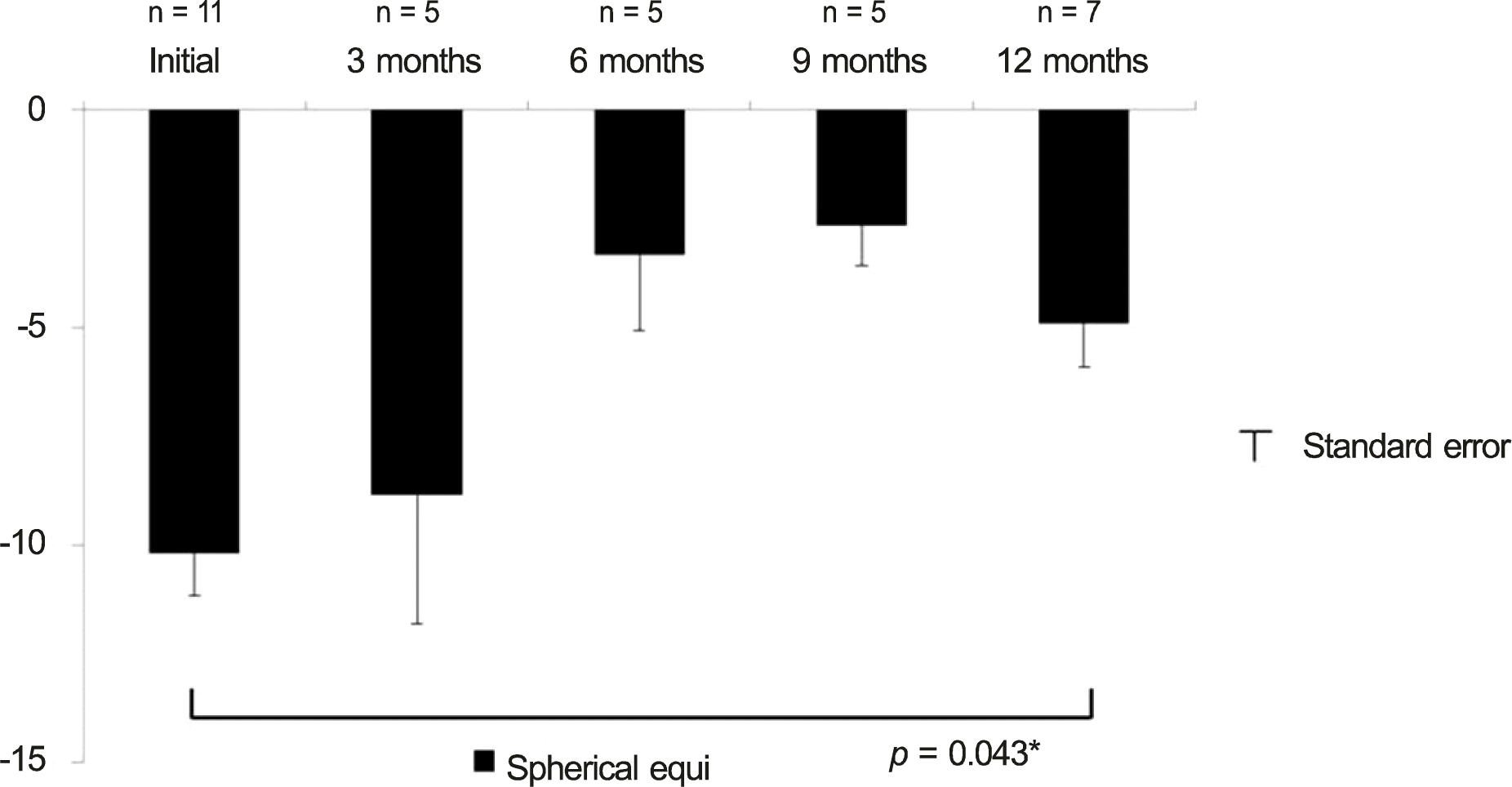
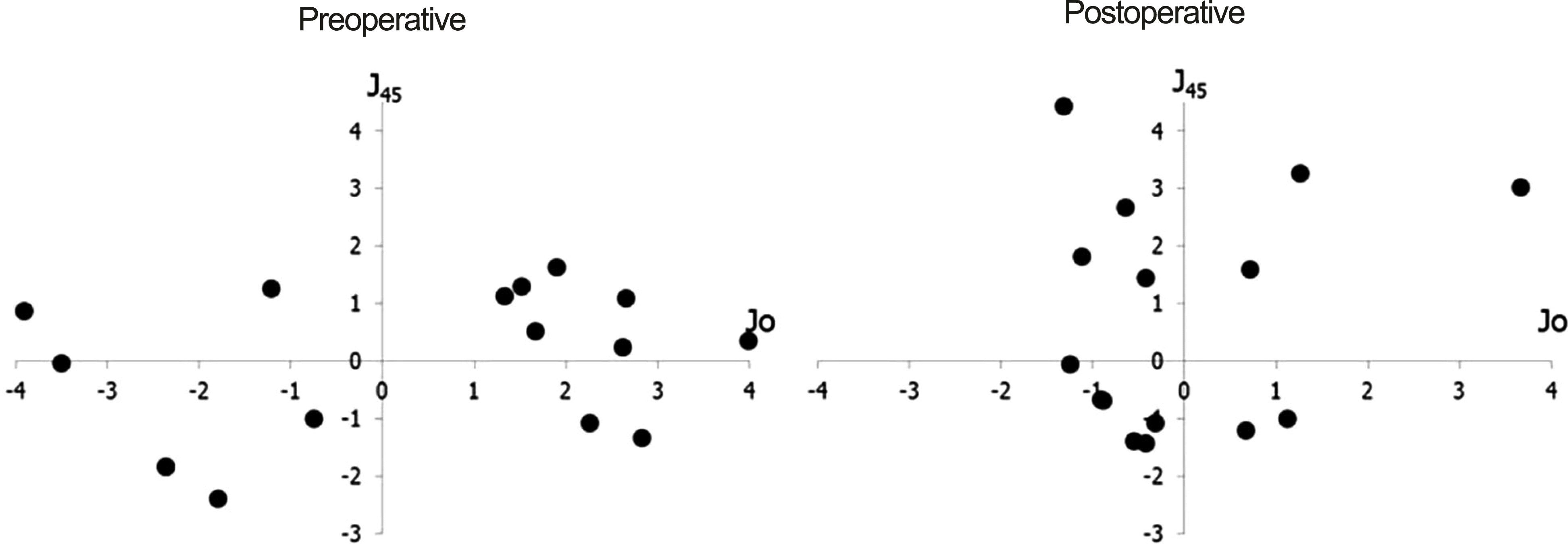

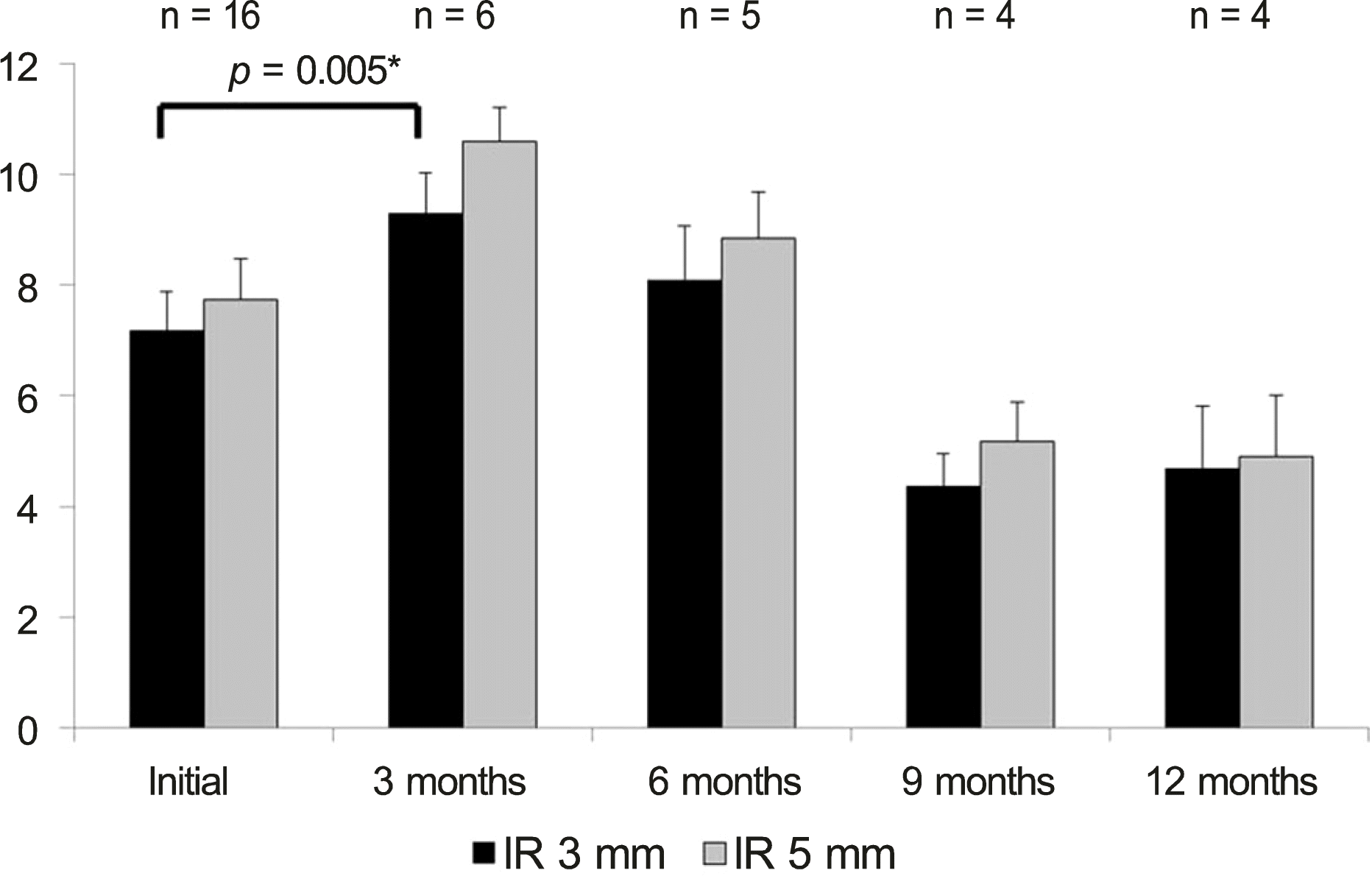
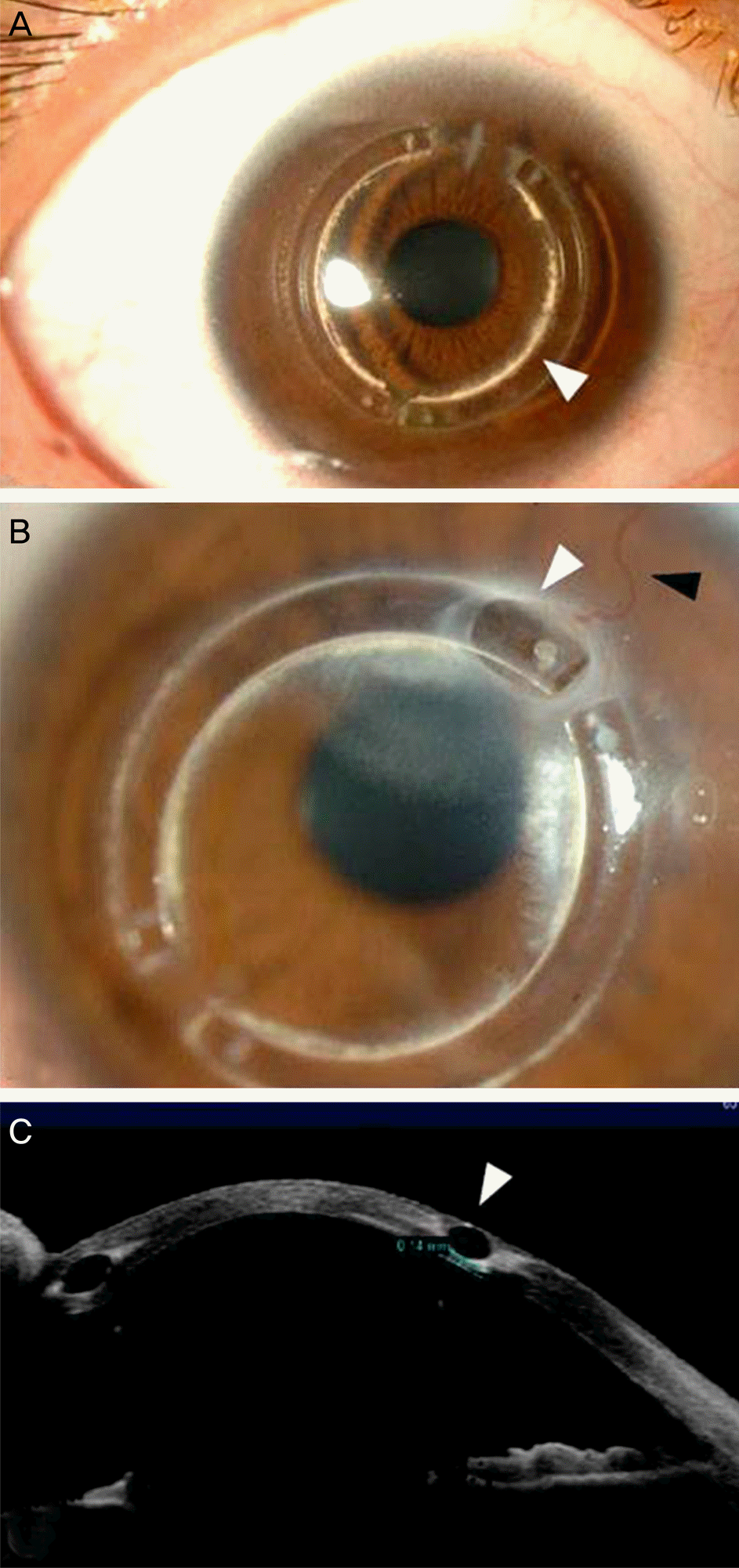




 PDF
PDF ePub
ePub Citation
Citation Print
Print


 XML Download
XML Download